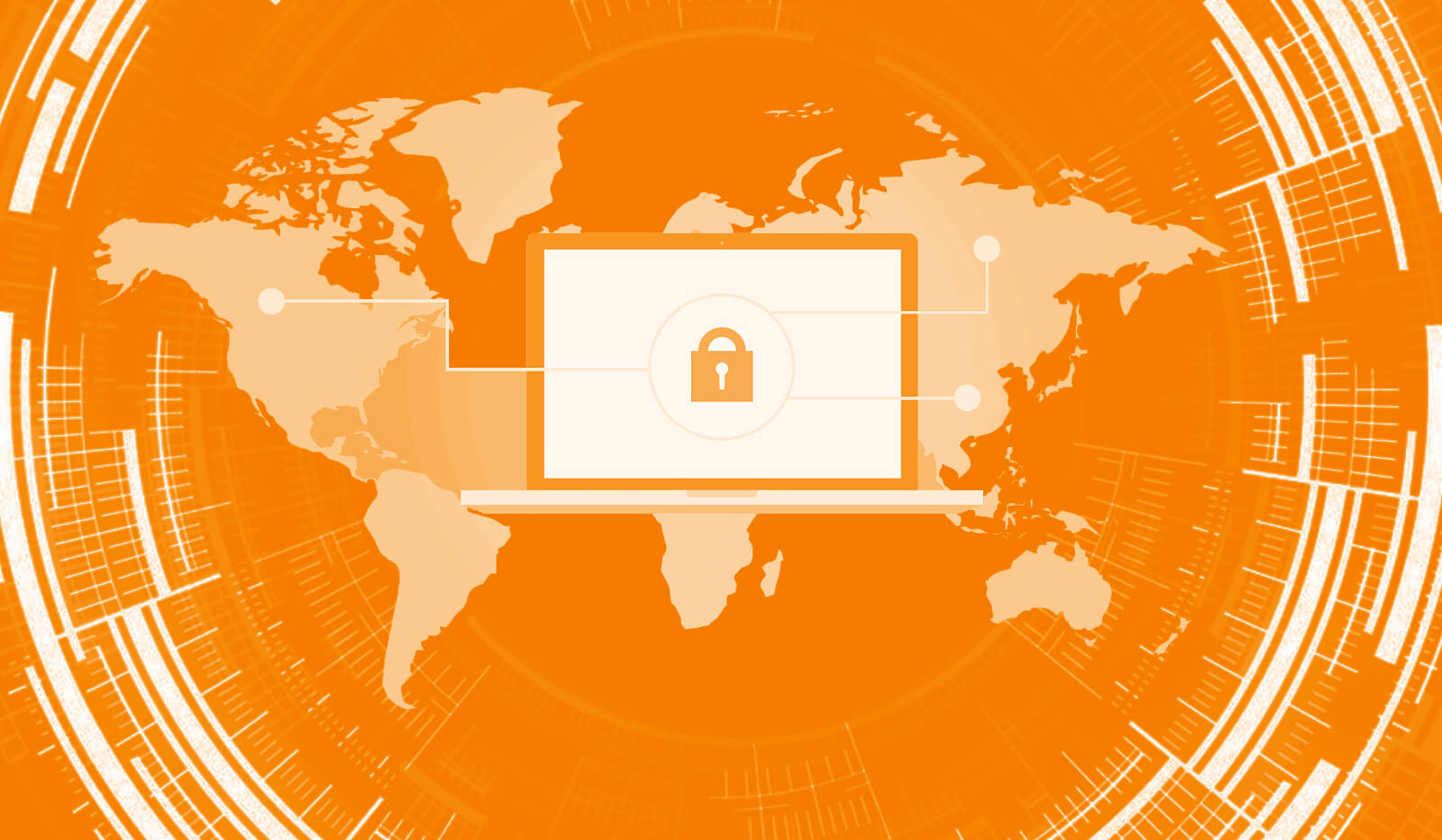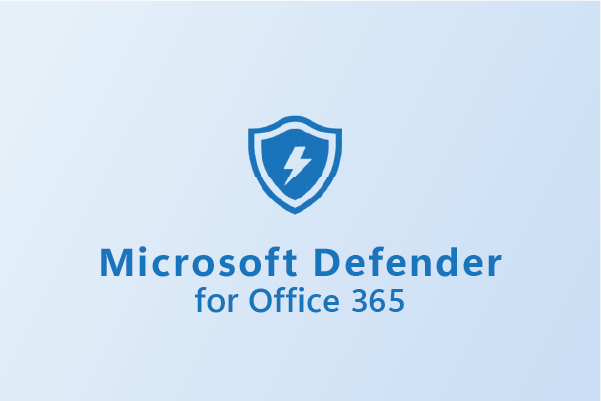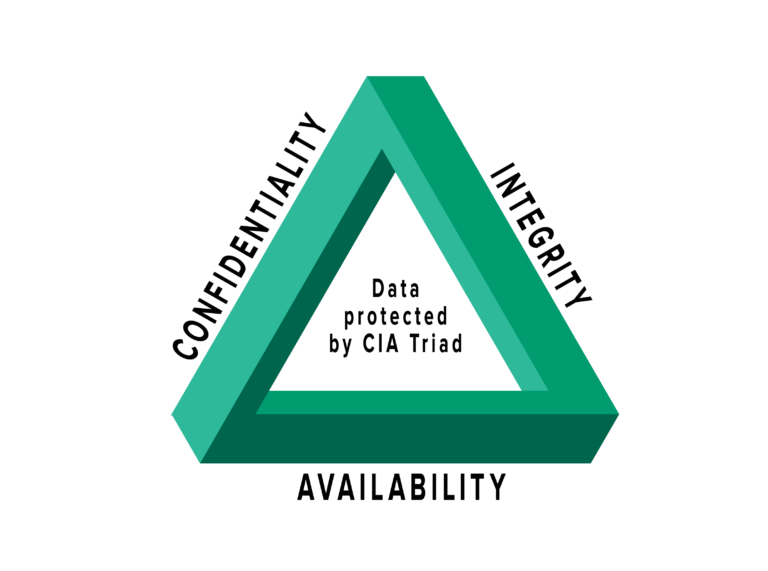Identity as the Primary Security Perimeter: A Modern Security Approach
The traditional security model relied on network perimeters to protect against unauthorized access. However, with the rise of cloud applications and BYOD devices, network perimeters have become more porous, and perimeter defense is no longer sufficient. The Zero Trust model recognizes that identity is the new security perimeter and emphasizes the importance of never trusting any entity by default, regardless of its location or origin. Instead, it promotes the idea of always verifying and validating every stage of a digital interaction.
Understanding Identity as the Primary Security Perimeter
Identity is how someone or something can be verified and authenticated to be who they say they are. An identity may be associated with a user, an application, a device, or something else. The Zero Trust model recognizes that identity is the new security perimeter and emphasizes the importance of treating identity as such. This means that security controls and detections should be centered around user and service identities.
Key Aspects of Identity as the Primary Security Perimeter
Identity as the primary security perimeter is based on several key principles:
- Verify explicitly: Always authenticate and authorize based on all available data points, including user identity, location, device health, service or workload, data classification, and anomalies.
- Use least-privilege access: Limit user access with just-in-time and just-enough access (JIT/JEA), risk-based adaptive policies, and data protection to help secure both data and productivity.
- Assume breach: Minimize blast radius and segment access. Verify end-to-end encryption and use analytics to get visibility, drive threat detection, and improve defenses.
Benefits of Identity as the Primary Security Perimeter
Implementing Identity as the primary security perimeter offers several benefits:
- Enhanced security: By continuously validating every stage of a digital interaction based on identity verification, organizations can significantly reduce the risk of unauthorized access and lateral movement.
- Improved productivity: Identity-based security empowers users to work securely from anywhere, on any device, without compromising productivity.
- Simplified compliance: A comprehensive identity-based security strategy helps organizations stay ahead of evolving regulatory requirements by effectively managing and governing data.







